I am looking in to learning a programming language (take a course) for use in image analysis and processing. Possibly Bioinformatics开发者_JAVA百科 too. Which language should I go for? C or Java? Other languages are not an option for me. Also please explain why either of the languages is a better option for my application.
You have to balance raw processing power and developer time. Java is getting pretty fast too and if you are finished a couple of days early, you have more time to process the data.
It all depends on volume.
More importantly, I suggest you look for the libraries and frameworks which already exist, see which fits closest to what needs to be done, and choose whatever language the library was written be it C, Java or Fortran.
For Java I found BioJava.org as a starting point.
Java isn't TOOO bad for image processing. If you manage your source objects appropriately, you ll have a chance at getting reasonable performance out of it. Some of the things I like with Java that relates to imaging:
- Java Advanced Imaging
- 2D Graphics utilities (take a look at BufferedImages)
- ImageJ, etc
- Get it to work with JAMA
Ask someone in the field you're working in (ie, bioinformatics)
For solar images, the majority of the work is done in IDL, Fortran, Matlab, Python, C or Perl (PDL). (Roughly in that order ... IDL is definitely first, as the majority of the instrument calibration software is written in IDL)
Because of this, there's a lot of toolkits already written in those languages for our field. Frequently, with large reference data sets, the PI releases some software package as an example of how to interpret / interact with the data format. I can only assume that Bioinformatics would be similar.
If you end up going a different route than the rest of the field, you're going to have a much harder time working with other scientists as you can't share code as easily.
Note -- There are a number of the visualization tools that have been released in our field that were written in Java, but they assume that the images have already been prepped by some other process.
The most popular computer vision (image processing, image analysis) library is OpenCV which is written in C++, but can also be used with Python, and Java (official OpenCV4Android and non-official JavaCV).
There are Bioinformatic applications that are basically image processing, so OpenCV will take care of that. But there are also some which are not, they are, for example, based on Machine Learning, so if you need something other than image/video related you will need another Bioinformatic oriented library. Opencv also has a machine learning module but it is more focused for computer vision.
About the languages C vs Java, most has been said in the other answers. I should add that these libraries are now C++ based and not plain C. If your applications have real-time processing needs, C++ will probably be better for that, if not, Java will be more than enough as it is more friendly.
Ideally, you would use something like Java or (even better) Python for "high-level" stuff, and compile in C the routines that require a lot of processing power (for instance using Cython, etc).
Some scientific libraries exist for Python (SciPy and NumPy), and they are a good start, although it isn't yet straightforward to combine Python and C (you need to tweak things a bit).
just my two pence worth: java doesn't allow the use of pointers as opposed to C/C++ or C#. So if you are going to manipulate pixels directly, i.e. write your own image processing functions then they will be much slower than the equivalent in C++. On the otherhand C++ is a total nightmare of a language compared to java. it will take you at least twice as long to write the equivalent bit of code in c++. so with all the productivity gain you can probably afford to buy a computer that makes up for the difference in runtime ;-)
i know other languages aren't an option for you, but personally i can highly recommend c# for image processing or computer vision: it allows pointers and hence IP functions in c# are only half as slow as in C++ (an acceptable trade-off i think) and it has excellent integration with native C++ and a good wrapper library for opencv.
Disclaimer: I work for TunaCode.
If you have to make a choice between different languages to get started on Image Processing, I would recommend to start with C++. You can raw pointer access which is a must if you want to operate on individual pixels.
Next, what kind of Imaging are you interested in? Just for fun image filters or some heavy stuff like motion estimation, tracking and detection etc? For that I would recommend you take a look at CUVILib since sooner than later, you will need performance on Imaging functionality and that's what CUVI provides. You can use it as standalone if it serves your purposes or you can plug it with other libraries like Intel IPP, ITK, OpenCV etc.

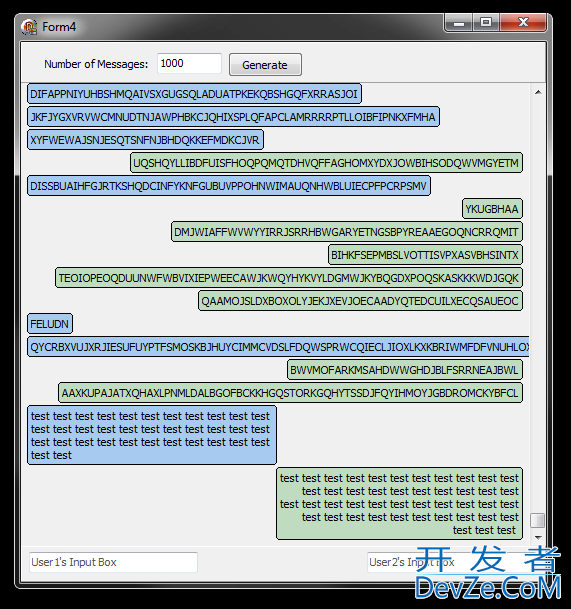
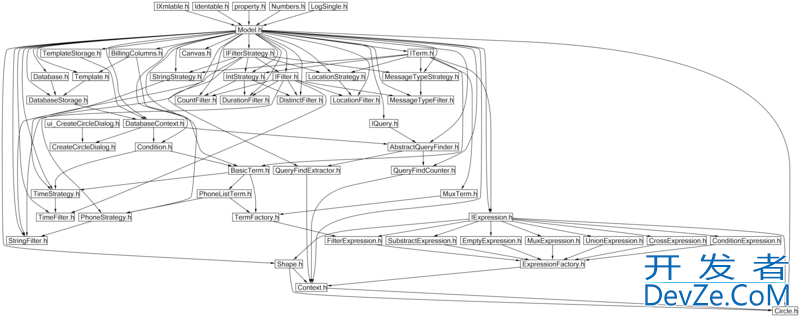
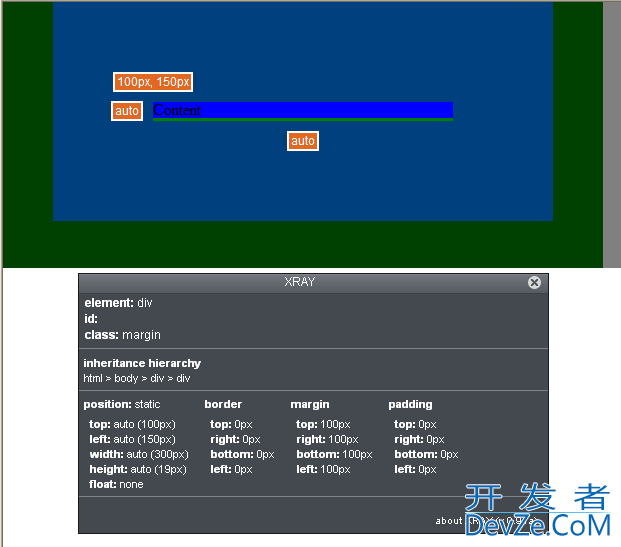

![Interactive visualization of a graph in python [closed]](https://www.devze.com/res/2023/04-10/09/92d32fe8c0d22fb96bd6f6e8b7d1f457.gif)
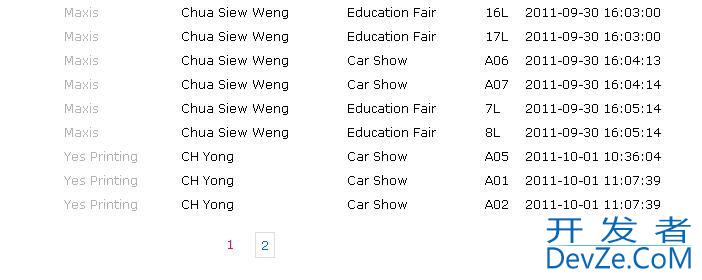
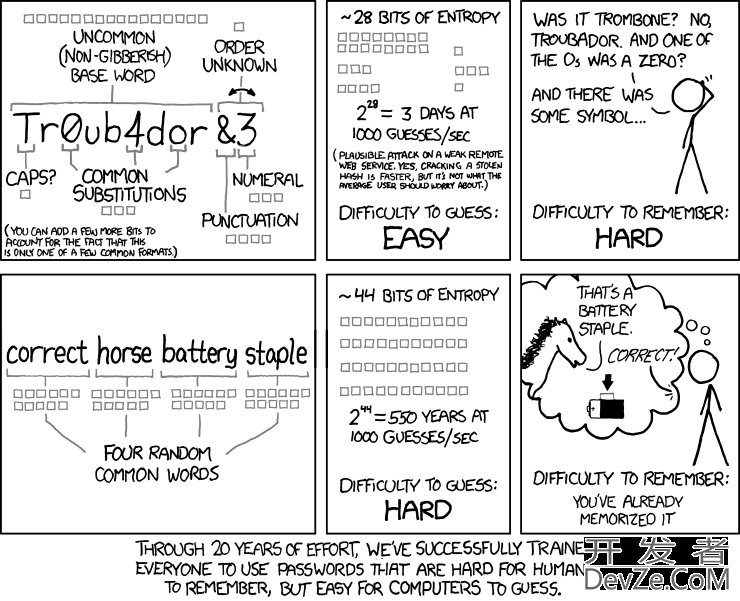

 加载中,请稍侯......
加载中,请稍侯......
精彩评论